A Nature survey finds that scientists are concerned, as well as excited, by the increasing use of artificial-intelligence tools in research.
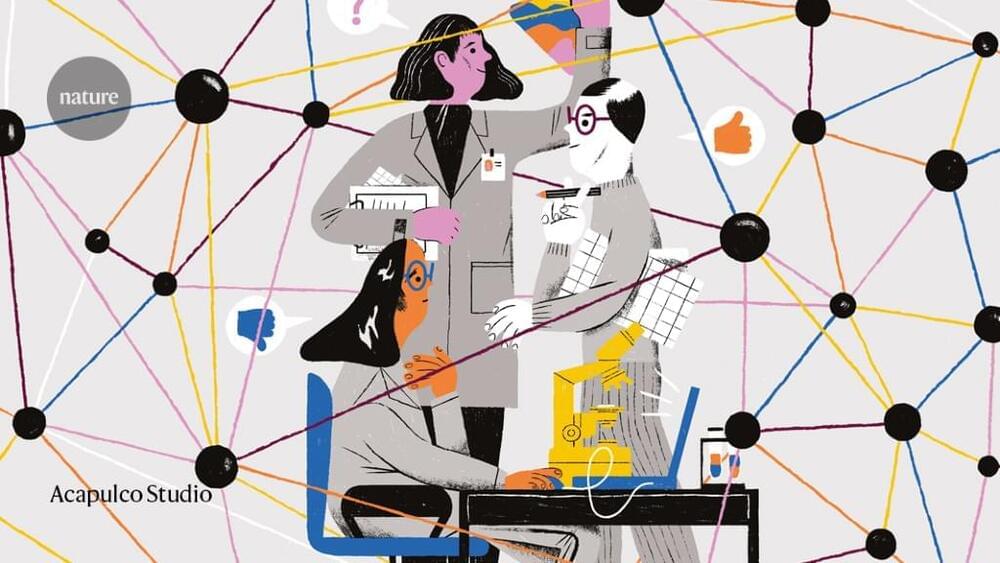


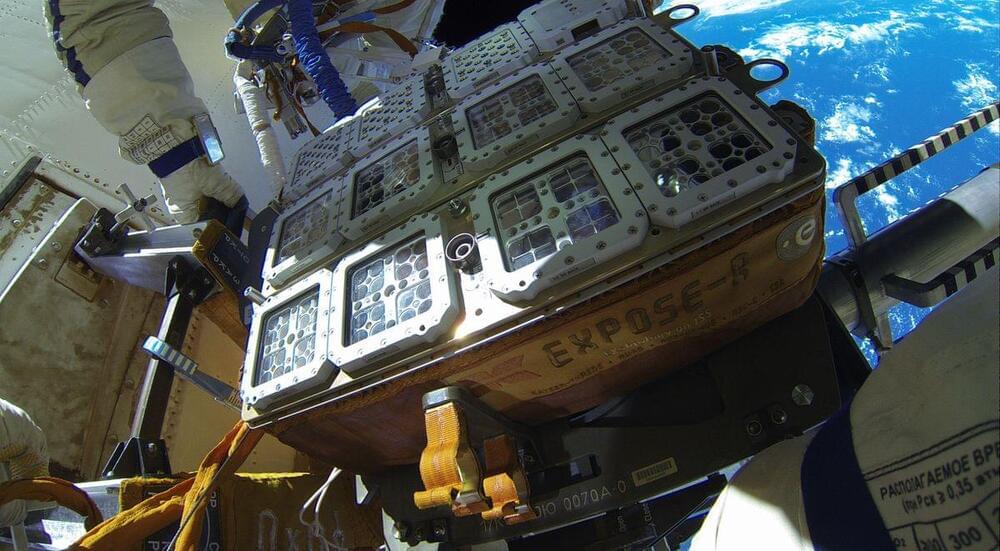
“Due to their ability to produce oxygen and function as bio-factories, this biotechnology could significantly enhance future space missions and human space exploration efforts,” Nicol Caplin, an astrobiologist at the European Space Agency (ESA), said in a statement.
Related: Scientists Send Kombucha to Space in Search for Extraterrestrial Life
Kombucha cultures, which are multi-species mélanges of bacteria and yeast, are key to creating the beverage. Add one such culture to room-temperature sweetened tea and, as long as the tea has plenty of sugar, microbes within will consume those nutrients, multiply and ferment the tea.
The LHC is back delivering collisions to the experiments after the successful leak repair in August. But instead of protons, it is now the turn of lead ion beams to collide, marking the first heavy-ion run in 5 years. Compared to previous runs, the lead nuclei will be colliding with an increased energy of 5.36 TeV per nucleon pair (compared to 5.02 TeV previously) and the collision rate has increased by a factor of 10. The primary physics goal of this run is the study of the elusive state of matter known as quark-gluon plasma, that is believed to have filled the Universe up to a millionth of a second after the Big Bang and can be recreated in the laboratory in heavy-ion collisions.
Quark-gluon plasma is a state of matter made of free quarks (particles that make up hadrons such as the proton and the neutron) and gluons (carriers of the strong interaction, which hold the quarks together inside the hadrons). In all but the most extreme conditions, quarks cannot exist individually and are bound inside hadrons. In heavy-ion collisions however, hundreds of protons and neutrons collide, forming a system with such density and temperature that the colliding nuclei melt together, and a tiny fireball of quark-gluon plasma forms, the hottest substance known to exist. Inside this fireball quarks and gluons can move around freely for a split-second, until the plasma expands and cools down, turning back into hadrons.
The ongoing heavy-ion run is expected to bring significant advances in our understanding of quark-gluon plasma. In addition to the improved parameters of the lead-ion beams, significant upgrades have been performed in the experiments that detect and analyse the collisions. ALICE, the experiment which primarily focuses on studies of quark-gluon plasma, is now using an entirely new mode of data processing storing all collisions without selection, resulting in up to 100 times more collisions being recorded per second. In addition, its track reconstruction efficiency and precision have increased due to the installation of new subsystems and upgrades of existing ones. CMS and ATLAS have also upgraded their data acquisition, reconstruction and selection infrastructure to take advantage of the increased collision rates. ATLAS has installed improved Zero Degree Calorimeters, which are critical in event selection and provide new measurement capabilities.
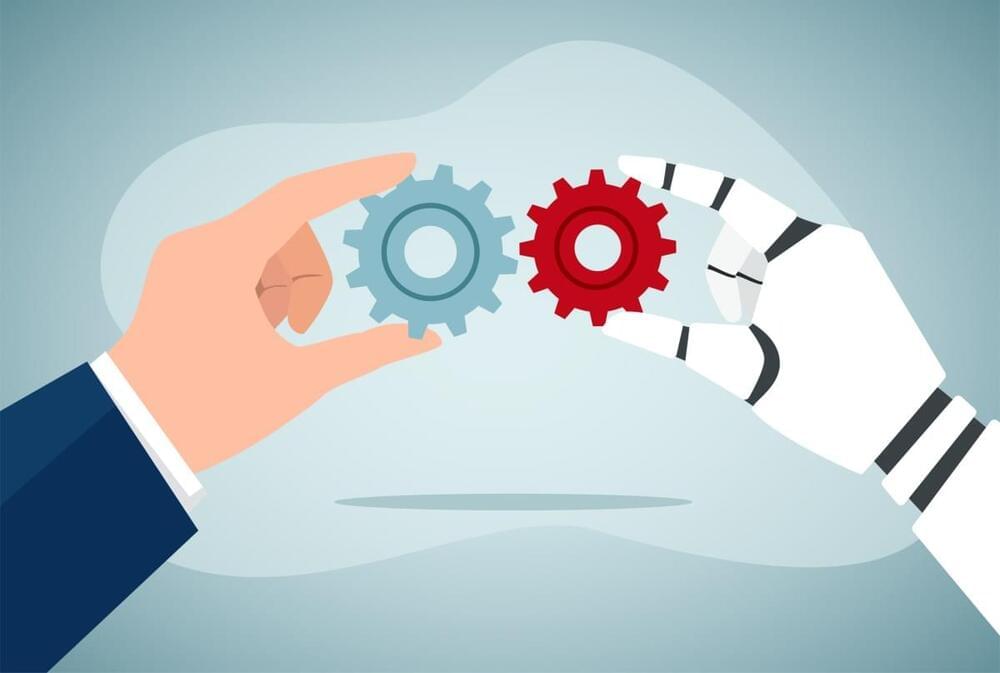
Large language models are trained on all kinds of data, most of which it seems was collected without anyone’s knowledge or consent. Now you have a choice whether to allow your web content to be used by Google as material to feed its Bard AI and any future models it decides to make.
It’s as simple as disallowing “User-Agent: Google-Extended” in your site’s robots.txt, the document that tells automated web crawlers what content they’re able to access.
Though Google claims to develop its AI in an ethical, inclusive way, the use case of AI training is meaningfully different than indexing the web.
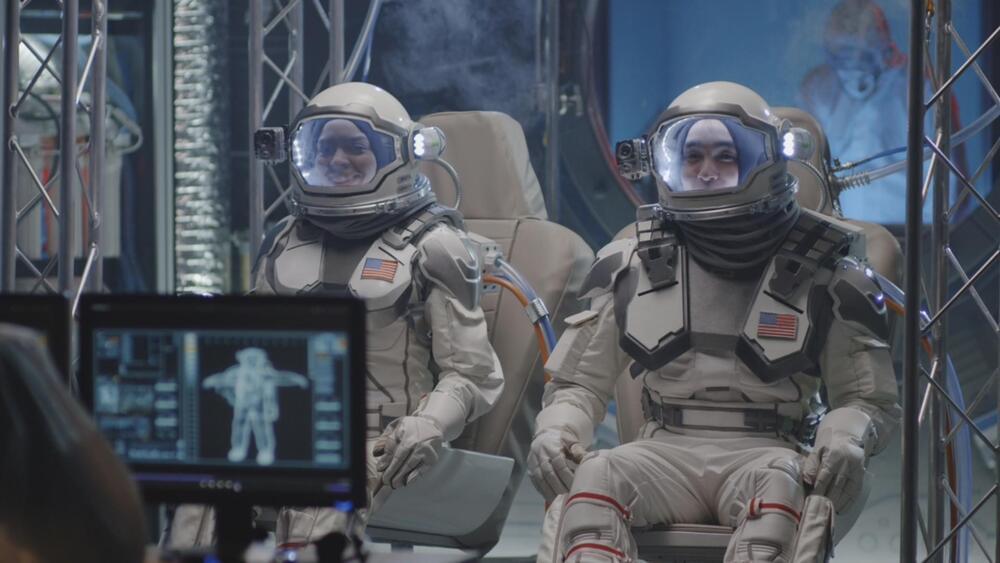
With the growth of the commercial spaceflight business comes new ethical issues about human experimentation.
The expansion of the commercial spaceflight sector opens new avenues for scientific study in the unique environment of space.
However, it also raises ethical concerns about the conduct of scientific experiments and studies involving human volunteers on commercial spaceflights.

The process not only shortens the time required for recycling but also reduces secondary waste streams.
The world is expected to experience a surge in battery demand as it moves to renewable energy sources. And, with the development of sustainable energy technologies, there will be a subsequent increase in the demand for precious metals used in batteries. Many of the materials used in such batteries, like lithium-ion batteries, are not available in abundance, and the best way to meet this need is to recycle old batteries.
To aid in this mission, a team of researchers at Rice University in the United States of America has developed a new recycling process that helps salvage more than 98 percent… More.
Petmal/iStock.
In a Stanford Medicine study, scientists transplanted stem cells into mice and found reduction of brain abnormalities typical of Alzheimer’s disease.
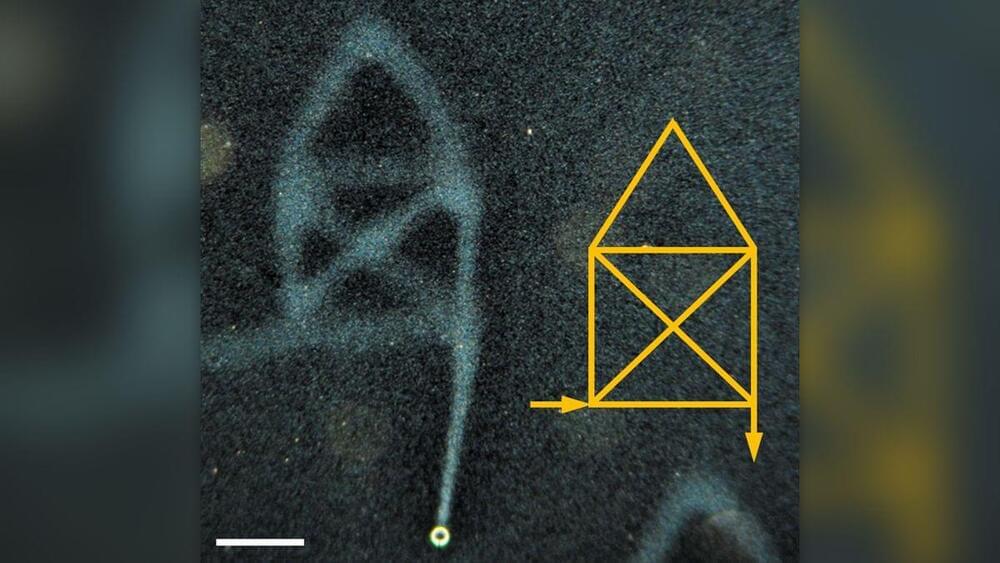

Most of today’s EVs use lithium-ion batteries, the same kind you’ll find in your smartphone or laptop. These batteries all have two electrodes (one positive and one negative), and the negative one is usually made of graphite.
While the battery is being charged, the lithium ions flow from the side of the battery with the positive electrode to the side with the negative electrode. If the charging happens too fast, the flow can be disrupted, causing the battery to short circuit.
StoreDot’s EV battery replaces the graphite electrode with one made from nanoparticles based on the chemical element germanium — this allows the ions to flow more smoothly and quickly, enabling a faster charge.